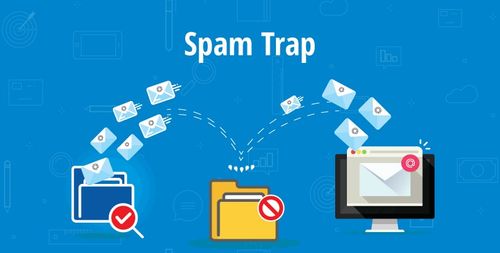When it comes to email marketing, the landscape is dotted with unseen hazards. Spam traps are one such peril, cleverly disguised to lure the unwary marketer. These traps can quickly turn a healthy email campaign into a cautionary tale. This guide will provide you with the knowledge and tools to not just avoid spam traps but to keep your email campaigns flourishing.
What is a Spam Trap?
Simply put, a spam trap is a decoy email address, lurking unseen, waiting to catch spammers. They're not real subscribers; they're the internet's version of a sting operation. There are different types of spam traps, but they all share the same purpose: to identify and penalize improper email practices.
The Dangers of Spam Traps
A single encounter with a spam trap can lead to:
- Blacklisting: Your emails could be blacklisted, meaning they never even grace the inbox.
- Sender Score Damage: Your sender score, a measure of your reputation as an email sender, can plummet.
- Decreased Engagement: If your emails are going to spam, your legitimate subscribers can't engage with them.
Proactive Steps to Keep Your Email Campaigns Healthy
Grow Your List Organically: Resist the urge to buy email lists. Instead, grow your list naturally to ensure all subscribers are genuine and engaged.
Regular List Maintenance: Conduct periodic clean-ups of your list. Remove inactive subscribers to minimize the risk of spam traps.
Authenticate Your Sends: Utilize email authentication standards like SPF, DKIM, and DMARC to bolster your credibility with email service providers.
Double Opt-In: Implement a double opt-in process. This extra step confirms the subscriber's intent and validates their email address.
Educate Yourself and Your Team: Stay updated on best email practices and ensure your team is on the same page to avoid accidental spam trap triggers.
Monitor Engagement: Keep an eye on how your subscribers interact with your emails. Low engagement could be a sign of spam traps.
Recovering from Spam Trap Stumbles
If you suspect a spam trap has snared you:
- Identify and Remove: Scrutinize your email list for any anomalies and remove questionable email addresses.
- Engage with Email Service Providers: If you've been blacklisted, reach out to understand the reasons and rectify the situation.
- Review Your Strategy: Take this opportunity to review and improve your email acquisition and maintenance strategies.
Conclusion
Sidestepping spam traps isn't just a cautious step; it's a strategic move towards robust email campaign health. By understanding the nature of spam traps and taking proactive measures, you can keep your email campaigns vibrant and effective. A healthy email list is a sign of a healthy marketing strategy, and with these tips, your campaigns can thrive in the challenging yet rewarding digital ecosystem.



